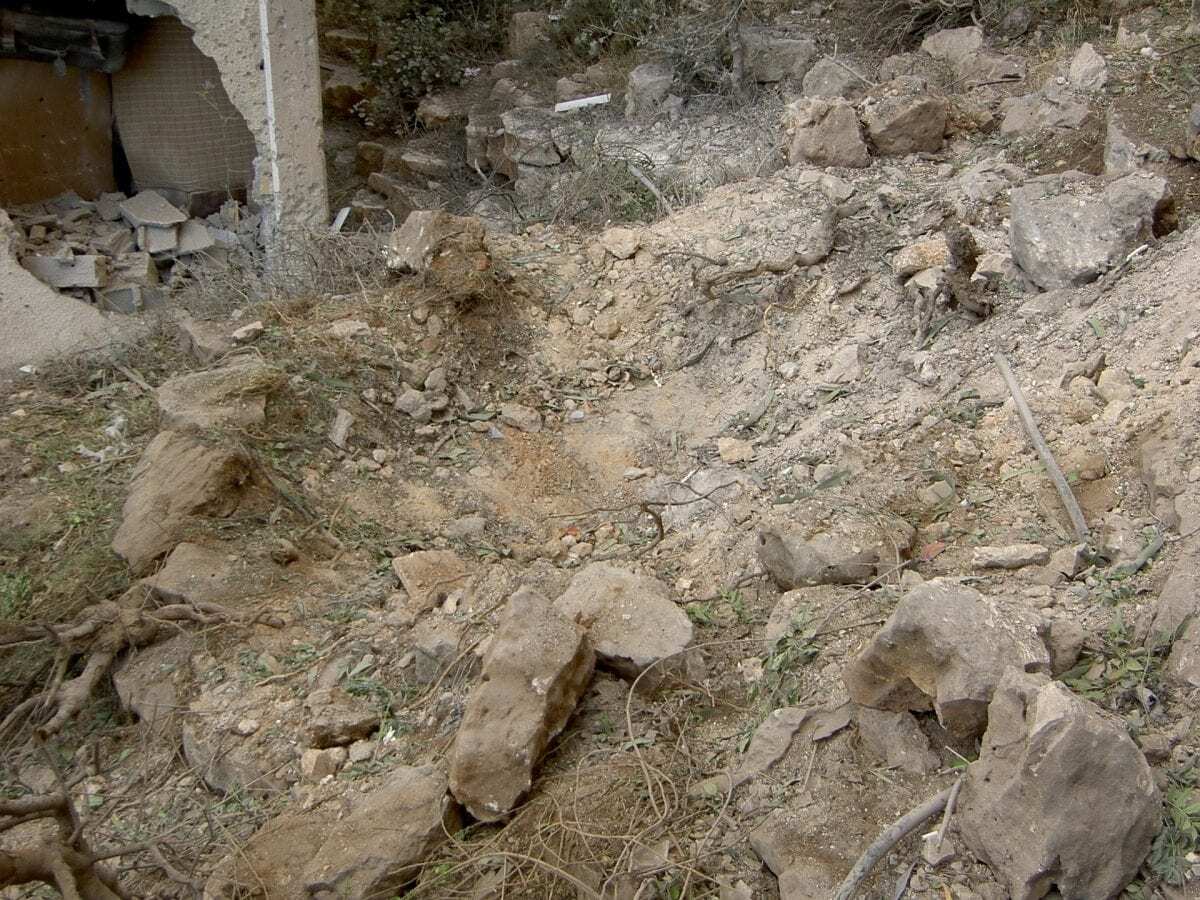Researchers have used artificial intelligence to detect Vietnam War-era bomb craters in Cambodia from satellite images – with the hope that it can help find unexploded bombs.
The new method increased true bomb crater detection by more than 160 percent over standard methods.
The model, combined with declassified U.S. military records, suggests that 44 to 50 percent of the bombs in the area studied may remain unexploded.
As of now, attempts to find and safely remove unexploded bombs and landmines – called demining – has not been as effective as needed in Cambodia, said Erin Lin, assistant professor of political science at The Ohio State University.
She cites a recent UN-commissioned report that has criticized the Cambodian national clearance agency for presenting a picture of rapid progress by focusing on areas at minimal or no risk of having unexploded mines. The report urges a shift in focus to more high-danger areas.
“There is a disconnect between services that are desperately needed and where they are applied, partly because we can’t accurately target where we need demining the most. That’s where our new method may help,” Lin said.
Lin co-led the study with Rongjun Qin, assistant professor of civil, environmental and geodetic engineering at Ohio State. The study appears in the journal PLOS One.
The researchers started with a commercial satellite image of a 100-square-kilometer area near the town of Kampong Trabaek in Cambodia. The area was the target of carpet bombing by the U.S. Air Force from May 1970 to August 1973.
The researchers used a type of artificial intelligence called machine learning to analyze the satellite images for evidence of bomb craters.
Here’s why that is important: The researchers know how many bombs were dropped in the area and the general location of where they fell. Craters tell them how many bombs actually exploded and where. They can then determine about how many unexploded bombs are left and the specific areas where they might be found.
The study involved a two-stage process, Lin said. In the first stage, the researchers used algorithms developed to detect meteor craters on the moon and planets. That helped find many potential craters, but it wasn’t good enough.
Bombs do create craters similar to (although smaller than) those made by meteors, she said.
“But over the decades there’s going to be grass and shrubs growing over them, there’s going to be erosion, and all that is going to change the shape and appearance of the craters,” Lin explained.
The second stage of the process builds on the intricacies of how bomb and meteor craters are different. The computer algorithms developed by the researchers consider the novel features of bomb craters, including their shapes, colors, textures and sizes.
After the machine “learned” how to detect true bomb craters, one of the researchers checked the computer’s work. The human coder found 177 true bomb craters.
The first stage of the researcher’s model identified 89 percent of the true craters (157 of 177), but also identified 1,142 false positives – crater-like features not caused by bombs.
The second stage eliminated 96 percent of the false positives, while losing only five of the real bomb craters. So its accuracy rate was about 86 percent, identifying 152 of 177 craters.
This proposed method increased true bomb detection by more than 160 percent, Lin said.
The researchers also had access to declassified military data indicating that 3,205 general purpose bombs – known as carpet bombs – were dropped in the area analyzed for this study.
This information, combined with demining reports and the results of the study, suggests that anywhere from 1,405 to 1,618 unexploded carpet bombs are still unaccounted for in the area. That’s about 44 to 50 percent of the bombs dropped there, Lin said.
Much of the land covered in this study is agricultural, meaning that local farmers are at risk of encountering an unexploded bomb, she said. The danger is not hypothetical.
In the six decades following the bombing of Cambodia, more than 64,000 people have been killed or injured by unexploded bombs. Today, the injury count averages one person every week.
“The process of demining is expensive and time-intensive, but our model can help identify the most vulnerable areas that should be demined first,” Lin said.
Header Image – Public Domain





